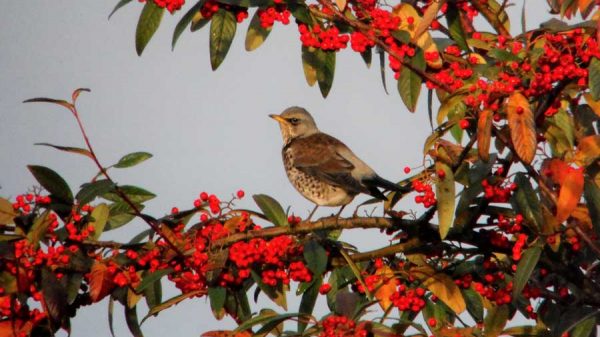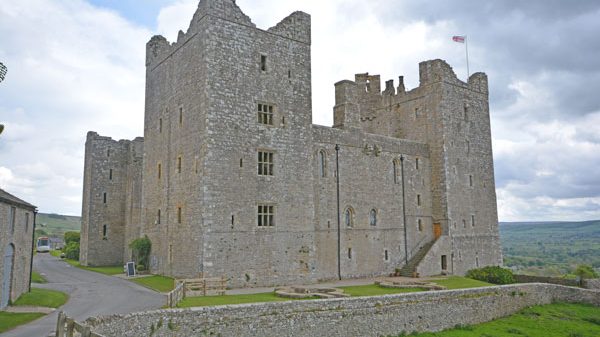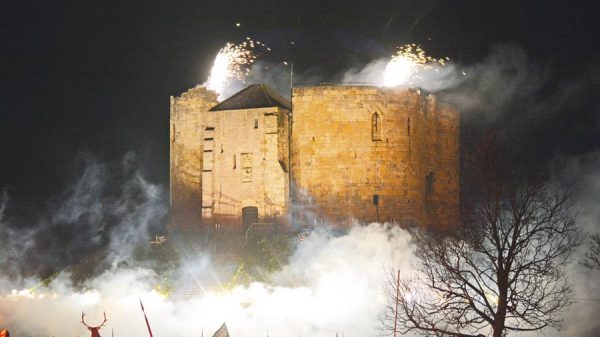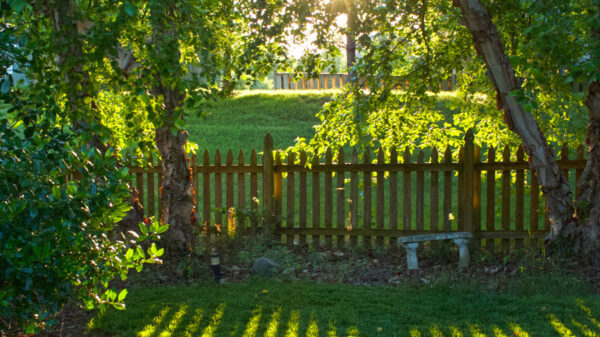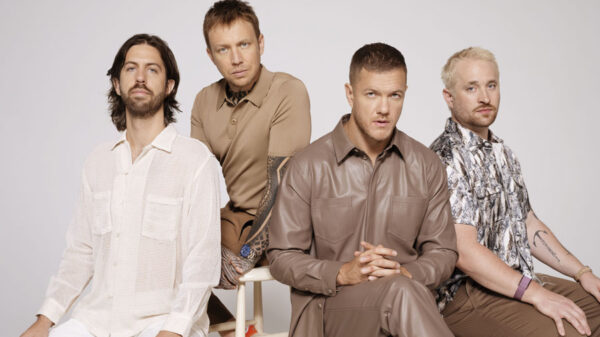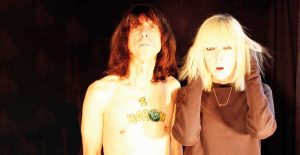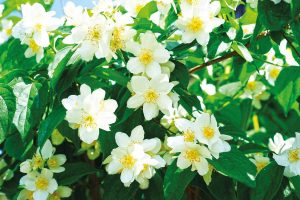−−− BY LINDA JENKINSON −−−
At the time when most people are thinking about their summer holidays, the birdwatching world is starting to prepare for autumn and the exciting phenomenon of migration, the trigger being the summer solstice. A bird’s biology is driven by daylength and, as the days become shorter the hormones that drive their reproductive organs begin to diminish. This causes the sexual organs to decrease significantly in size, a process called photo-periodic gonadal regression.
The breeding season ends for most birds during July. At this time, food is in an abundant supply allowing the energetically demanding process of a full body moult to begin. Vegetation is at its densest providing a safe, secluded place for songbirds to feed while new feathers grow. They become quiet and are rarely seen, diving into vegetation instead of perching on outer branches.
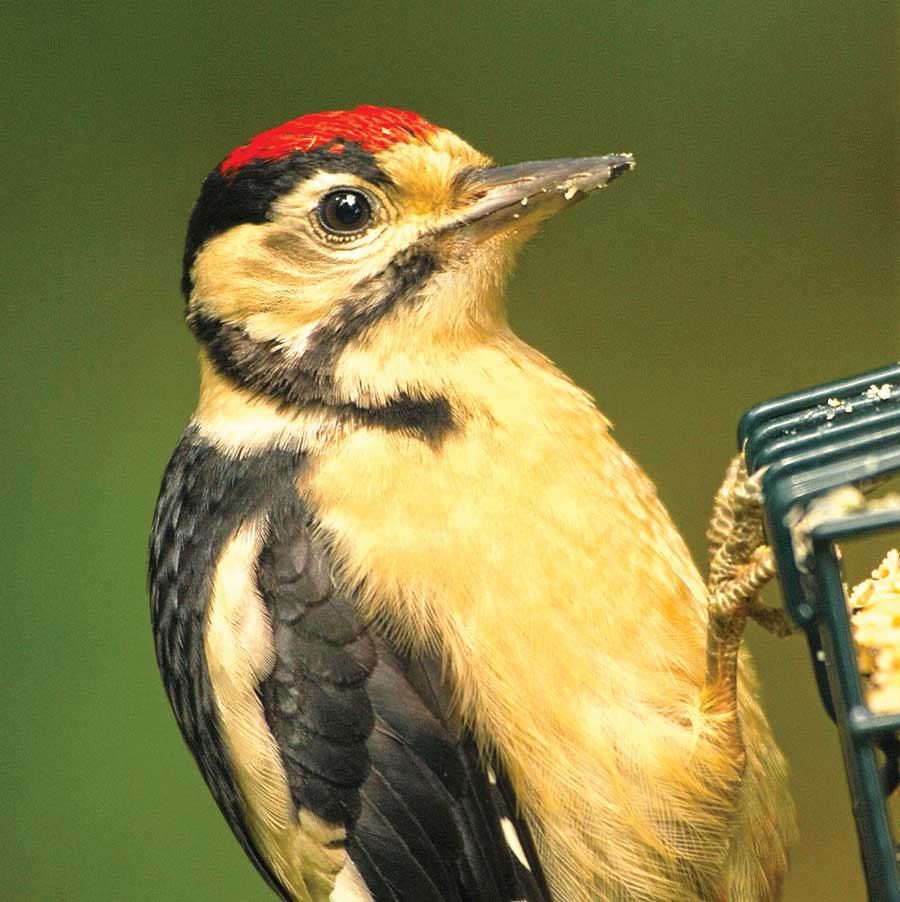
The exception is the newly fledged youngsters which are beginning to fend for themselves and are trying out their newly sported juvenile plumage. As you can imagine, this causes quite a few identification problems for novice birdwatchers. Take blue tits and great tits for example, instead of the white facial markings of the adults, juveniles faces are yellow. Fledgling goldfinches emerge without a red face; bullfinch youngsters turn up without a black cap; and juvenile great spotted woodpeckers, with their red caps, create a lot of excitement when they appear on garden feeders. They are misidentified as lesser spotted woodpecker males.
Moulting and migration is a challenging time, not just for the birds but also for the birdwatcher. Most small songbirds will moult before migrating while larger birds will moult gradually while moving southwards. For the birds that breed in the far north, decreasing daylength, the associated biological processes and decreasing temperatures are a prelude to the urge to move southwards. Any unsuccessful breeding birds usually begin their journey while they are in the process of moult. Eventually they will be joined by juveniles of the same species and post-breeding adults. The autumn migration is a leisurely affair in comparison to spring migration. In spring, some species fly more directly northwards and bypass the UK in their hurry to reach their breeding grounds. Autumn allows them to loop over to us as they graze their way southwards. This can bring some unexpected visitors to our local birdwatching sites, especially species belonging to the wader family, so keep your eyes peeled around wetland habitats.
The rule of thumb to identifying birds in July and August is to be mindful of plumage changes. Instead of thinking rarity, start with the highest probability first. Arm yourself with a good field guide. Choose annotated illustrations, rather than photos, showing males, females and juveniles of each species and birds in flight. You’ll also need to be aware of breeding and non-breeding plumage and remember that you may be seeing birds with a mixture of both or with feathers missing showing dark or light patches that are normally hidden. Plumage from newly moulted birds will be bright while worn plumage will appear dull. If in doubt ask someone if they can help you. If you’re truly seeing something unusual then any local birder will want to record the presence of that bird. If it is something common in a different plumage then most birders are always happy to help you learn.
Linda Jenkinson teaches people about birds in and around Leeds. For details of indoor and outdoor classes email linda@startbirding.co.uk or call 07778 768719. Visit www.startbirding.co.uk or Start Birding on Facebook and Twitter
